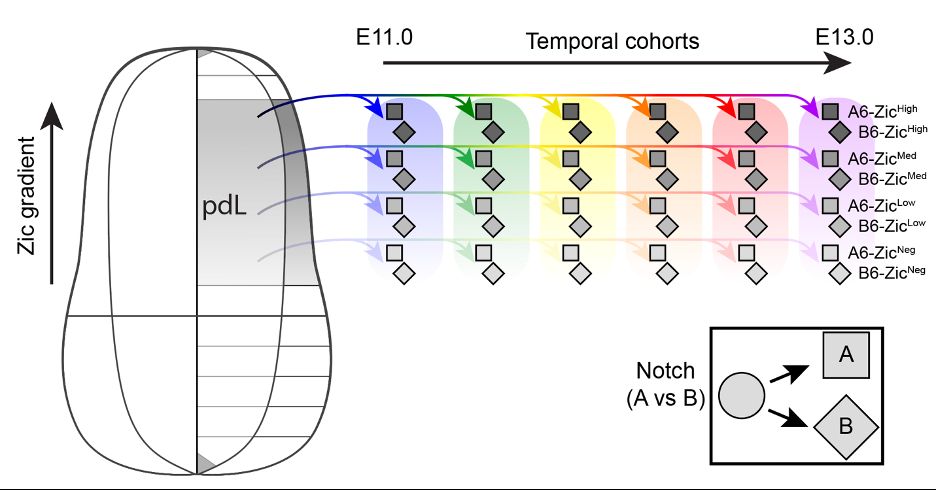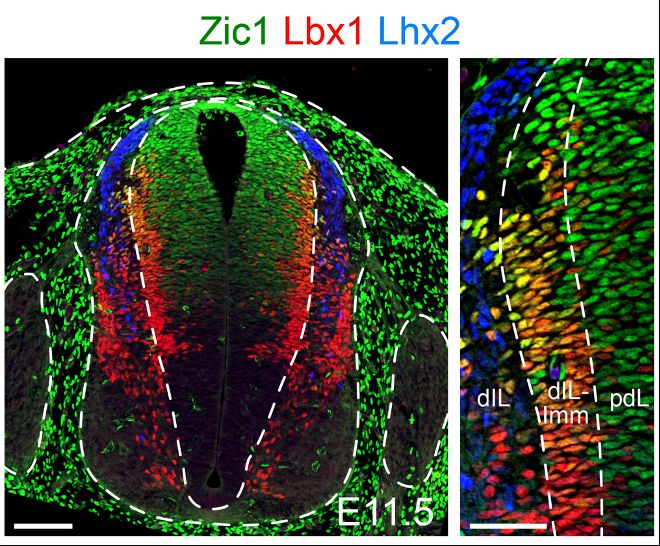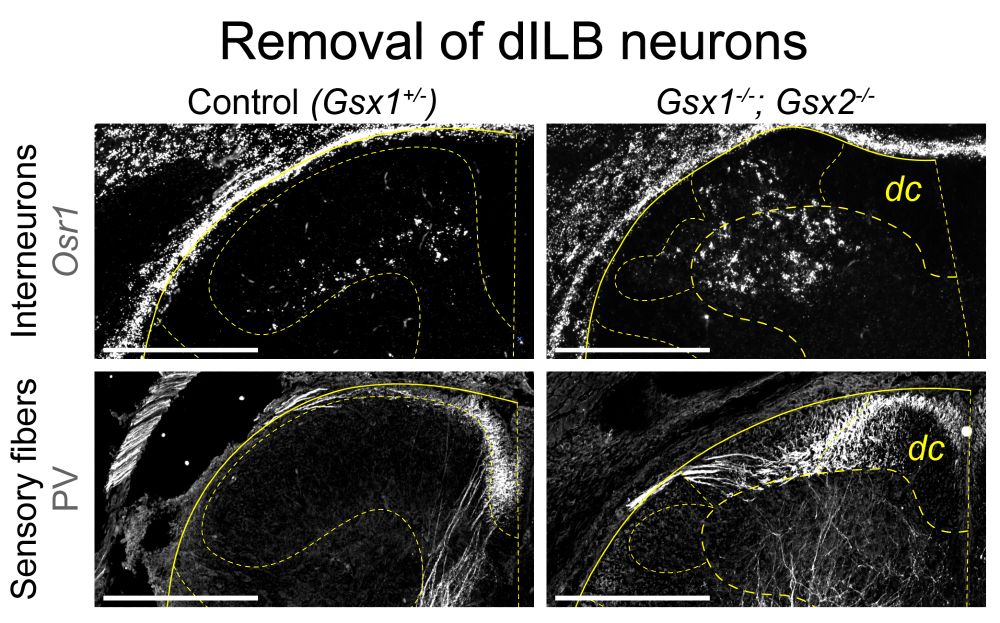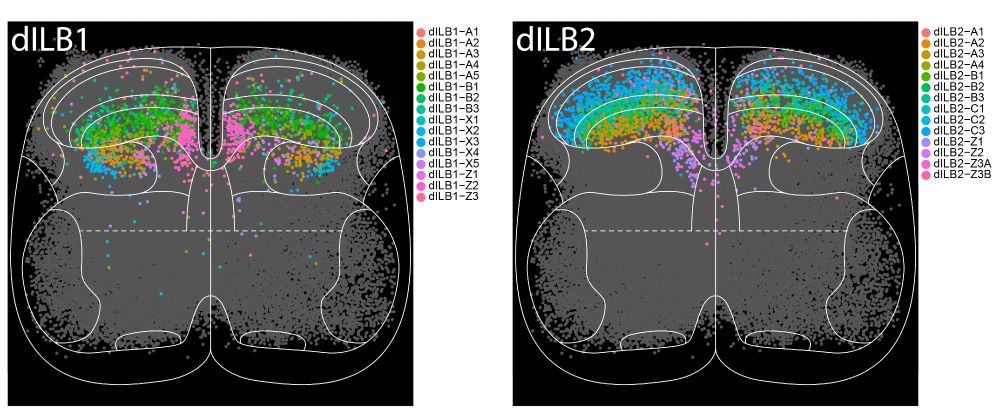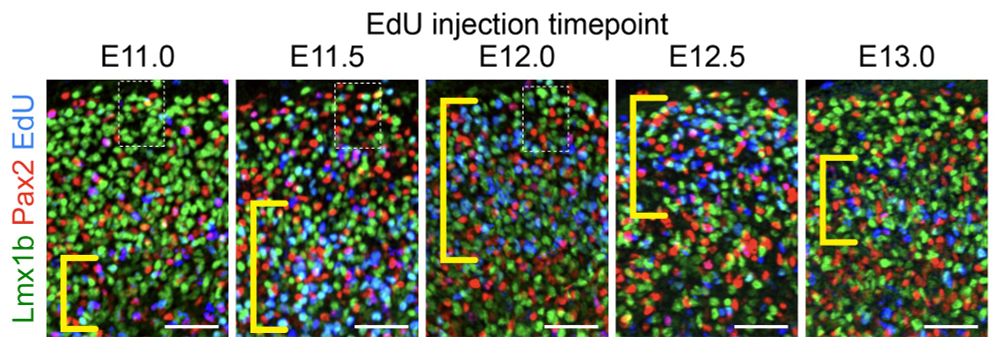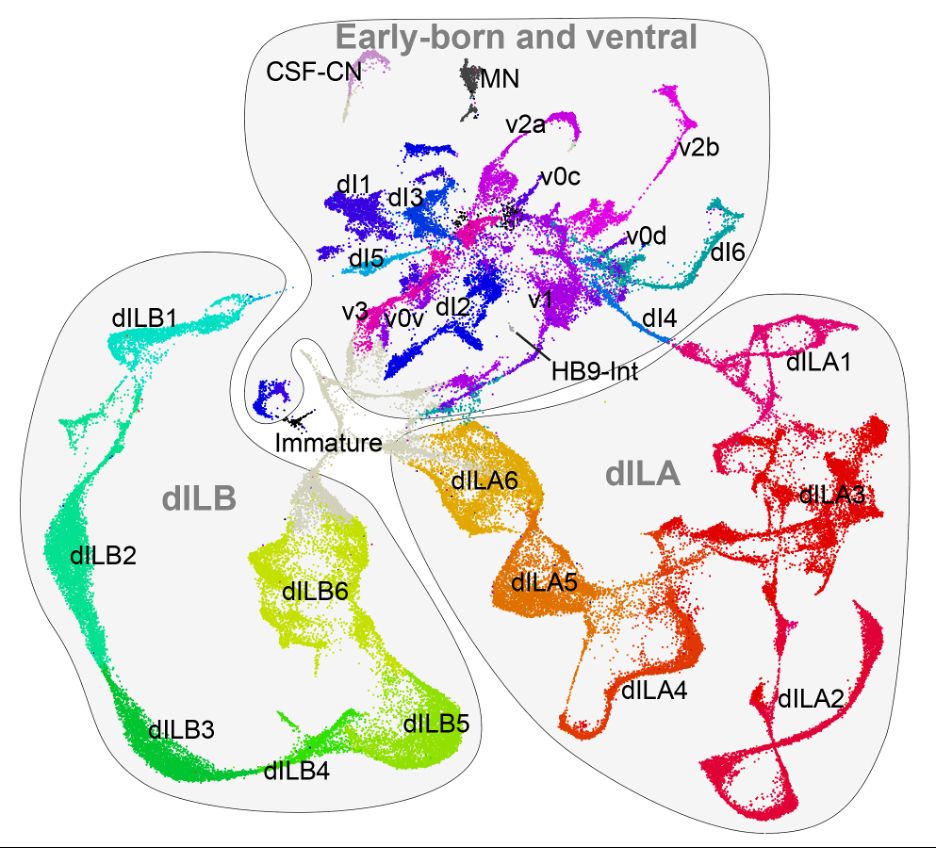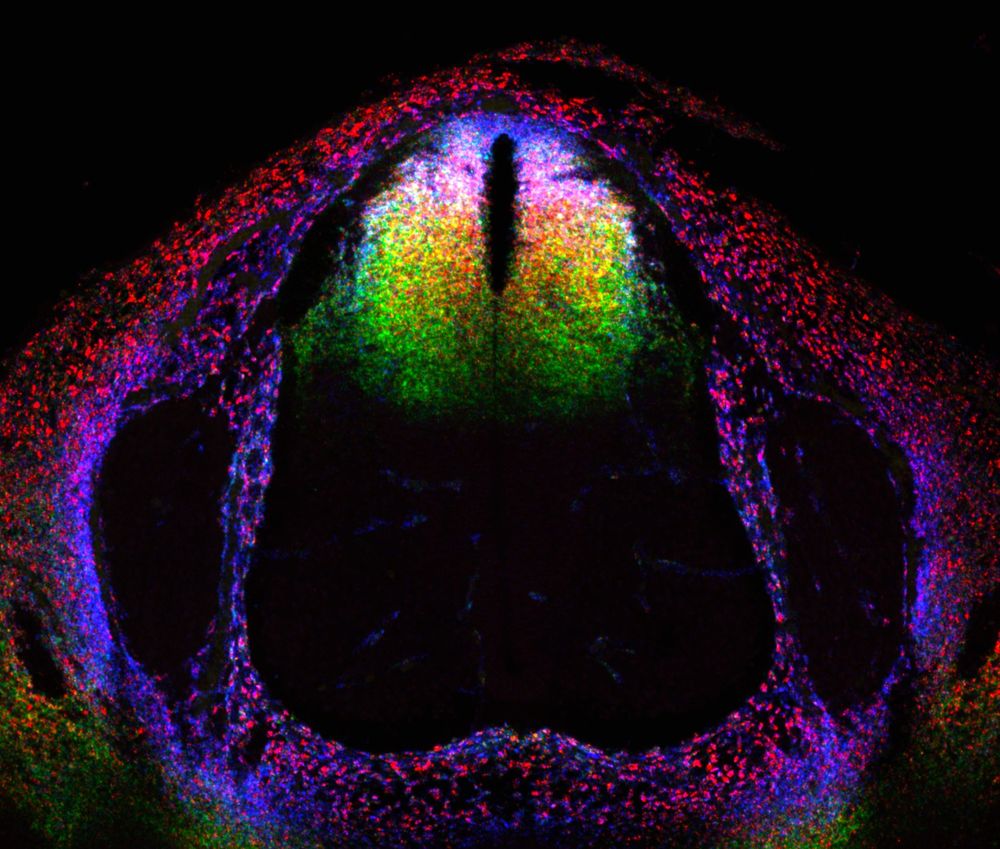R. Brian Roome
@rbrianroome.bsky.social
56 followers
71 following
7 posts
Research associate, Kania lab, IRCM. Investigating formation and function of spinal cord sensory and ascending circuits. Avid balcony gardener and amateur musician. Views are my own.
Posts
Media
Videos
Starter Packs
Reposted by R. Brian Roome
BeatoLab
@beatolab.bsky.social
· Sep 2
Rémi Ronzano
@remironzano.bsky.social
· Sep 2

Evidence of spinal cord comparator modules for rapid corrections of movements
Successful movement requires continuous adjustments in response to changes in internal and external environments. To do so, neural circuits continuously compare efference copies of motor commands with sensory input to respond to sensory prediction errors. Some responses need to be very fast and, for limbs, likely occur in as yet undefined spinal cord circuits. Here, we describe spinal circuits involving dI3 neurons, showing that they receive multimodal sensory inputs and direct efferent copies from both Renshaw cells and motor neurons. We further show that they form connections to motor pools, including diverging connections to antagonist motor nuclei. Reducing dI3 neuronal activity diminished stumbling responses, as did disrupting Renshaw cell circuits, providing evidence for a comparator role of dI3 neurons for online corrections. Together, our findings reveal a pivotal role for dI3 neurons functioning as comparators of internal predictions and external sensory feedback to mediate rapid corrections of ongoing movements. ### Competing Interest Statement Robert M. Brownstone is a co-founder and director of Sania Therapeutics Inc. Wellcome Trust, https://ror.org/029chgv08, 221610/Z/20/Z, 227433/Z/23/Z, 225674/Z/22/Z Royal Society, NIF\R1\192316 Canadian Institutes of Health Research, https://ror.org/01gavpb45, PJT 180556, PJT 162357 Biotechnology and Biological Sciences Research Council, BB/S005943/1
www.biorxiv.org
Reposted by R. Brian Roome
